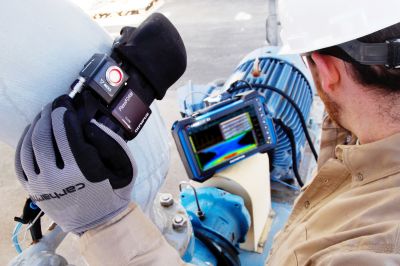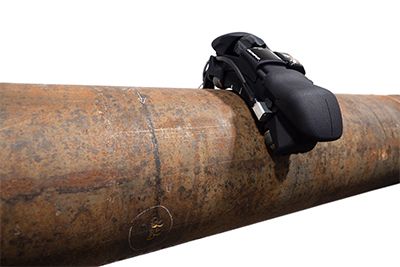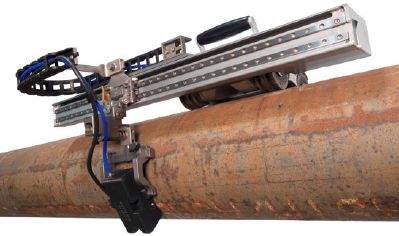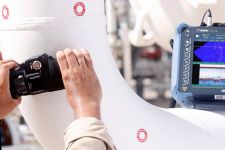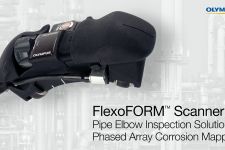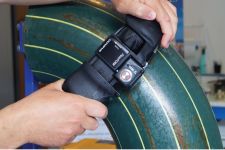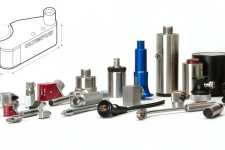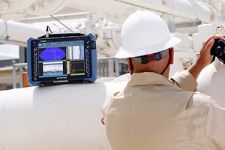FlexoFORM

Overview
The Power of Flexibility
High-Resolution Data
The scanner is used with an OmniScan™ X3 or SX instrument to detect and measure different types of damages or anomalies such as remaining wall thickness, corrosion pitting, and mid-wall lamination or inclusions. High-density data combined with the multiple views available on the flaw detector or OmniPC™ software provide clear images of the elbow’s condition and make data interpretation faster and easier. The scan direction is encoded, and there’s an indexing button positioned directly on the scanner to perform index increments in the second axis. Magnetic wheels keep the scanner firmly attached to the pipe, while a foam gasket is permanently in contact with the surface to keep the water column filled. | 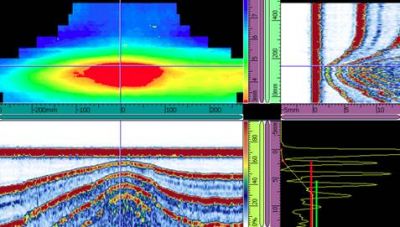 |
The scanner uses a water wedge that minimizes water consumption and provides easy air bubble management while enabling the scanner to conform to the elbow’s convex and concave shapes, couple to surfaces with moderate roughness, and synchronize data to the front wall.
Each wedge is contoured to fit a specific pipe diameter. Simply mount the probe and wedge assembly on the scanner, and the system is ready to use.
Scanning Options
Scanning Options
Small-diameter elbow manual scanningA small-diameter wedge series is available to inspect pipes smaller than 4.5 in. Users can manually scan the extrados (outer curve) of elbows or pipes from 1.3 in. OD up to 4 in. OD. For encoded C-scans, the SFA1-SMALL wedge series can be fitted with a Mini-Wheel™ encoder. | 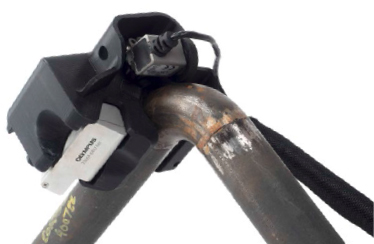 |
